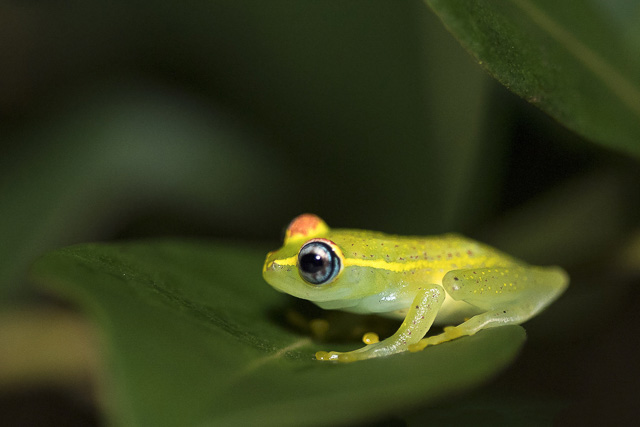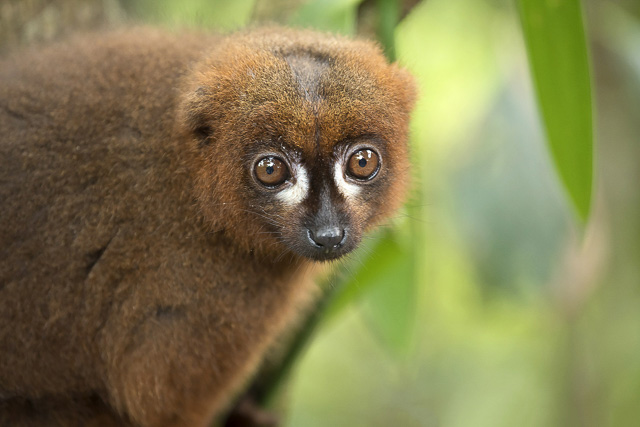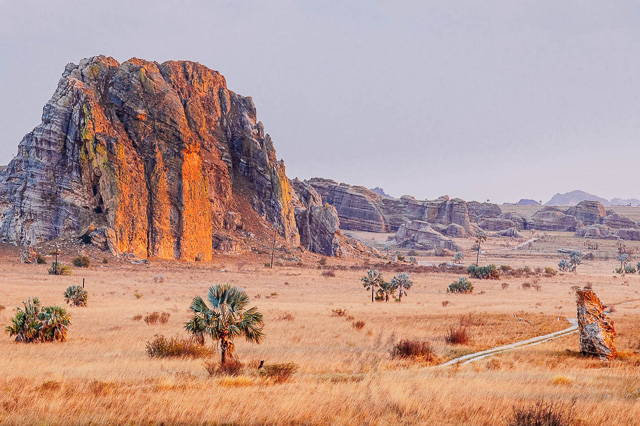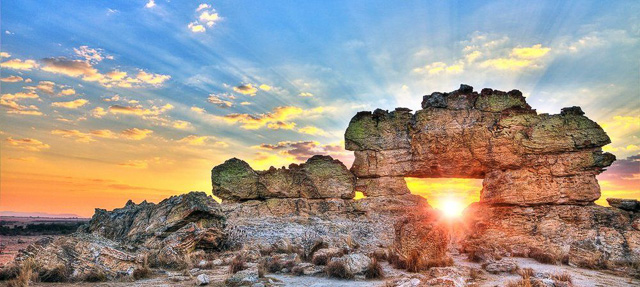About
Top Experiences
Type of Journey
Subscribe to newsletter and stay updated
Read about our travel expeditions, new destinations, new pictures, latest trip schedules
Situated 700 km South-west of Antananarivo in Southern Madagascar, the Isalo National Park covers an area of 815 square kilometers. It inhabits 88 species of birds, 15 species of frogs, 33 species of reptiles, 14 species of mammals and 3 species of lemurs. Most of the inhabitants are indigenous to the park and the island; you won’t find them anywhere else in the world. Often tourists wish to spend the night in the Park; there are many campsites available for tourists. It’s well-known that the Park has interesting geology; “runiforms” might be the notable geological formation found in the park. Runiforms are technically ridges that were formed due to erosion by wind and constant rains.
While the east is famous for its lush tropical vegetation, Isalo boasts of a contrasting terrain that consists of vast rolling plains interspersed with rock formations. The dramatic sandstone rock towers that are cut by canyons and eroded by wind and rain to form spectacular formations, combined with rare and indigenous foliage, make Isalo an iconic park. Exotic wildlife like dwarf lemurs and Antsingy leaf chameleons is a bonus to the entire Isalo experience!
OVERVIEW
Location: South-Central Madagascar
Nearest Airport: Toliara airport
How to reach: 4 hours from Toliara airport
Famous for: Lemurs,
Reptiles,
Amphibians,
Birds
Best time to visit: April to December
WHAT TO SEE
Ring-tailed lemurs, Verreaux’s sifaka and red-fronted brown lemurs
4 nocturnal lemur species, from sportive lemurs to mouse lemurs to woolly lemurs
80 resident bird species including many endemics, star attractions are Madagascar crested ibis, Benson’s rock thrush, Chabert’s vanga and Madagascar coucal,Madagascar sandgrouse
35 species of reptiles and many endemic frogs, particularly leaf-nosed snake
The park doesn’t just boast about diverse wildlife, but also a diverse terrain. You’ll find sandstone formations, deep ravines, lined palm oases, and serene meadows- all of which contribute to making the park the way it is. Guides and porters hired from Ranohira, the nearest settlement, will help you explore the park extensively without worrying about your luggage. While Ranohara is the nearest population, Toliara is the nearest city you’ll find.
Tourists visit the park and explore for hours, sometimes even a week or more. While the park itself is a must-visit tourist spot for wildlife enthusiasts, it is also known for forbidden fires. Illegal fires are a primary threat in the park; they prevent the forest from regenerating at the site of the fire and increase the grassland area for pasture for cattle from the neighborhood. Isalo National Park, famed for its diverse terrain and unique geology, is also popular for the vast fields that lead to some exciting wildlife sightings. Clear streams flow through the canyons here, and you’ll find ancient, gnarled woodland on their fringes. You might see groups of black-and-white striped ring-tailed lemurs, red-fronted brown lemurs, or the sashaying and easily recognizable Verreaux’s sifaka.

Tourists often go on long night walks, to observe the fourteen different kinds of lemurs that thrive in the park. You might spot dwarf lemurs, woolly lemurs, mouse lemurs and so much more. Dwarf lemurs are an important tourist attraction in Isalo National Park.
While the eastern rainforests are enviably abundant in bird species, Isalo National Park proudly inhabits modest eighty resident species of birds. Irrespective of the abundance, there are quite a few star attractions amongst these, including but not limited to many endemics. The most popular star of the show is Benson’s rock thrush. However, a chance to see other endemic avian species like the Madagascar crested ibis, Madagascar sandgrouse, Chabert’s vanga, and Madagascar coucal, is relished by all those who visit.
You’ll find many quirky and exotic reptiles in the park, such as the stealthy leaf-nosed snake that can camouflage itself by lying motionless between small bushes. With 35 species of reptiles, several species of frogs, and unique beings like theAntsingy leaf chameleon, the park is an unmissable spot for nature enthusiasts. The bizarre Elephant’s foot tree is bound to be a source of delight for visiting botanists, along with the widely endemic aloe species.

Popular Hiking Trails
The Namaza Circuit Route: Despite being the hardest trek out of all the trails available, the view is extremely rewarding and completely worth it. A lengthy trek, you should avoid taking this trail if you’re not fit, it takes a lot of time and effort to finish. You may end up paying your guide more than what you had initially negotiated, because of the extra time it may take for you to complete the trek. While the Namaza Circuit Route should be avoided by the faint-hearted, if you do choose to take it, you’ll be able to see the beautiful caves and canyons as a part of your trek.

The Piscine Naturelle: One of the best routes, it is refreshing to visit the glorious waterfall in the park, when you traverse through this trail. The Piscine Naturelle requires you to travel on foot and if you get tired, you can always take a break and rejuvenate yourself from the water bodies nearby. Frequently recommended, this is one of the best hike treks around.
The Canyon des Singes: The name of the trail translates to “Canyon of monkeys”. More popular than Piscine Naturelle, you’ll need a guide to help you navigate the thick and densely forested trail, filled with tricky canopies that make it difficult to penetrate. Without a guide, the trek could get extremely difficult. You might be able to spot the different species of lemurs, such as thedwarf lemurs,as well as many endangered species of monkeys that hop from one tree to another, swinging here and there. Have fun trekking through the Isalo National Park.

Going to meet the Bara people
The Bara people have lived in the area for ages; part of this community also occupies areas in the Isalo National Park. To understand the culture and history of the Park, it’s important to familiarise yourself with the Bara people as they are also an integral part of your visit. Known for their traditions and customs, make sure to ask your guide about the rituals followed by the Bara people. You can even go on a nature walk to their village and get to know more about them.
Explore the diverse wildlife, exotic reptiles, and resident bird species in the Isalo National Park. Make sure to spot the dwarf lemurs and theAntsingy leaf chameleon. Go on a trek and explore the scenery and the waterfall. Understand the culture of the Bara people and have a fun-time here!